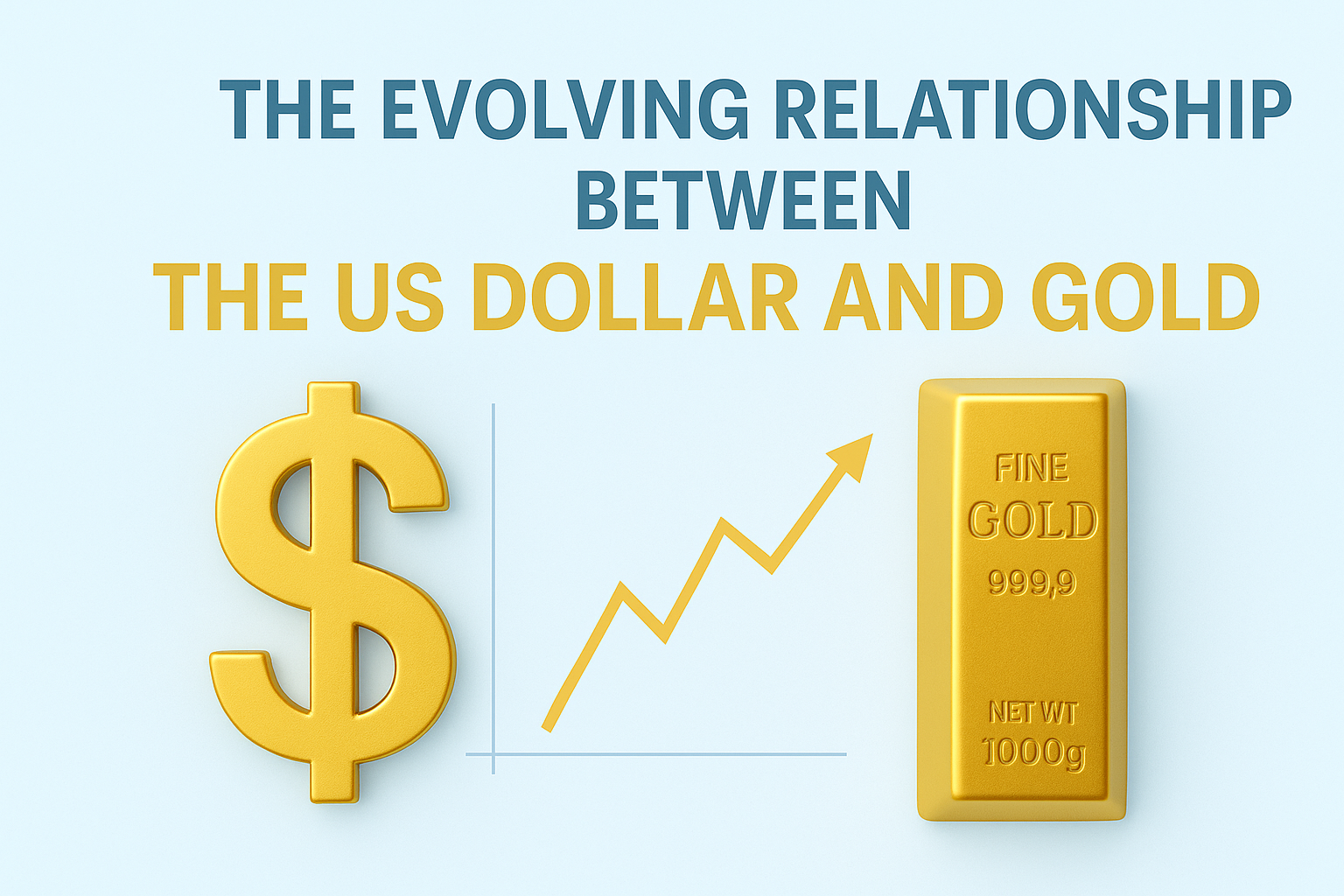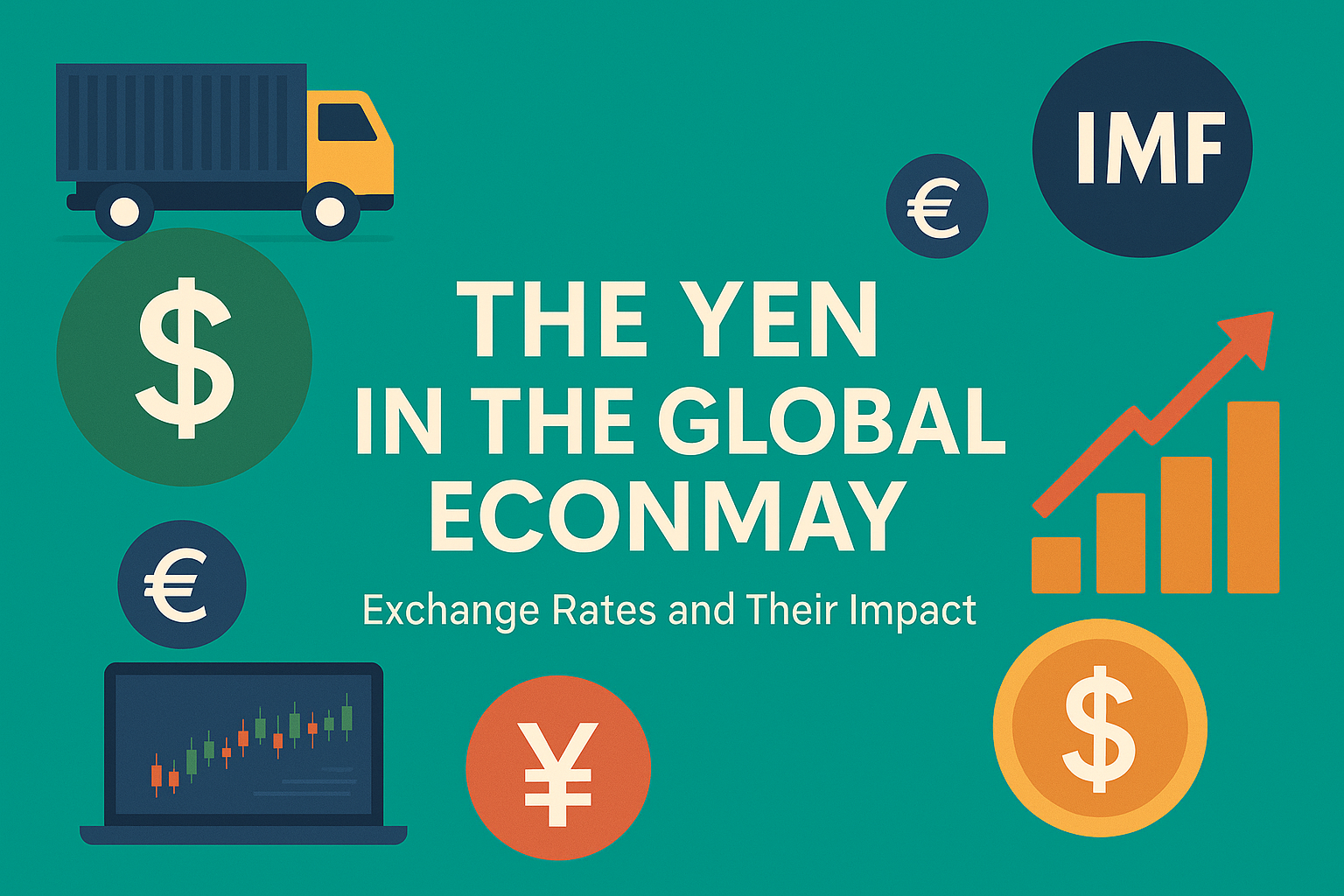This report explores the shifting dynamics between the US dollar and gold in the post-2024 global economy. With central banks increasing gold reserves and investors seeking safe havens, the traditional inverse relationship is breaking down. It offers insights into emerging trends, risks, and the future outlook.
Introduction
Historically, gold and the US dollar have had an inverse relationship—when one rises, the other tends to fall. However, since 2023 and into 2024, markets have witnessed a significant shift in this dynamic. Both assets have risen in tandem, defying conventional financial wisdom. This report explores the evolving relationship between the dollar and gold and assesses the underlying drivers and implications for 2025 and beyond.
Why Gold Prices Rose Alongside a Strong Dollar
a. Central Banks Accelerated Gold Purchases
In 2024, central banks globally, particularly those in emerging economies and BRICS nations, continued to increase their gold reserves. This was seen as a strategic hedge against dollar dependence, especially amid rising geopolitical tensions and sanctions risk.
“Central banks bought 1,037 tonnes of gold in 2023—the second-highest level on record”
– World Gold Council
b. Investor Demand for Safe Havens
With inflationary pressures lingering and US fiscal imbalances worsening, institutional investors rotated into gold as a store of value—despite relatively strong US Treasury yields. This move highlights concerns over long-term dollar stability.
US Dollar Dynamics: Strength with Underlying Weakness
While the dollar remained relatively strong in 2024 due to interest rate differentials and safe-haven flows, underlying fundamentals began to weaken:
- Rising US fiscal deficit: Over $2 trillion in FY2024, raising long-term debt sustainability concerns.
- Deteriorating trade balance: A sustained current account deficit weakens demand for dollars globally.
- Expectations of rate cuts: As inflation stabilizes, the Fed is expected to ease monetary policy in 2025, exerting downward pressure on the dollar.
“The US dollar is strong on the surface, but faces long-term erosion due to structural imbalances.”
– Reuters
Gold as De-Dollarization Insurance
Several economies, including China, India, and Russia, are actively reducing their reliance on the dollar in trade and reserves. Gold is becoming a geopolitical hedge—not just a monetary one.
“As the world fragments, gold is gaining strategic relevance beyond just inflation hedging.”
– Bloomberg
Outlook for 2025 and Beyond
- Gold: Expected to maintain its upward trajectory, potentially breaching $2,500/oz if real interest rates fall or geopolitical risk escalates.
- Dollar: Near-term resilience could give way to longer-term weakening, especially if the Fed shifts policy or political instability increases.
Scenarios to watch:
- Accelerated central bank gold buying
- US fiscal policy gridlock
- Expansion of BRICS+ monetary initiatives (e.g., commodity-backed currency alternatives)
Conclusion
The traditional dollar-gold inverse correlation has broken down in the post-2024 macroeconomic regime. As both assets are now being driven by multifaceted forces—monetary, geopolitical, and structural—analysts must consider these layers in tandem. Gold is no longer just a hedge against inflation; it is becoming an institutional anchor in a fragmenting financial world.
References
- World Gold Council: Gold Demand Trends Q1 2024
- Reuters: Gold hovers near 2-week high on dollar weakness, US fiscal woes
- Bloomberg: Central Banks Buy Gold as Trust in Dollar Declines
- NYPost: Gold hits record high of $3.5K as investors flee dollar


